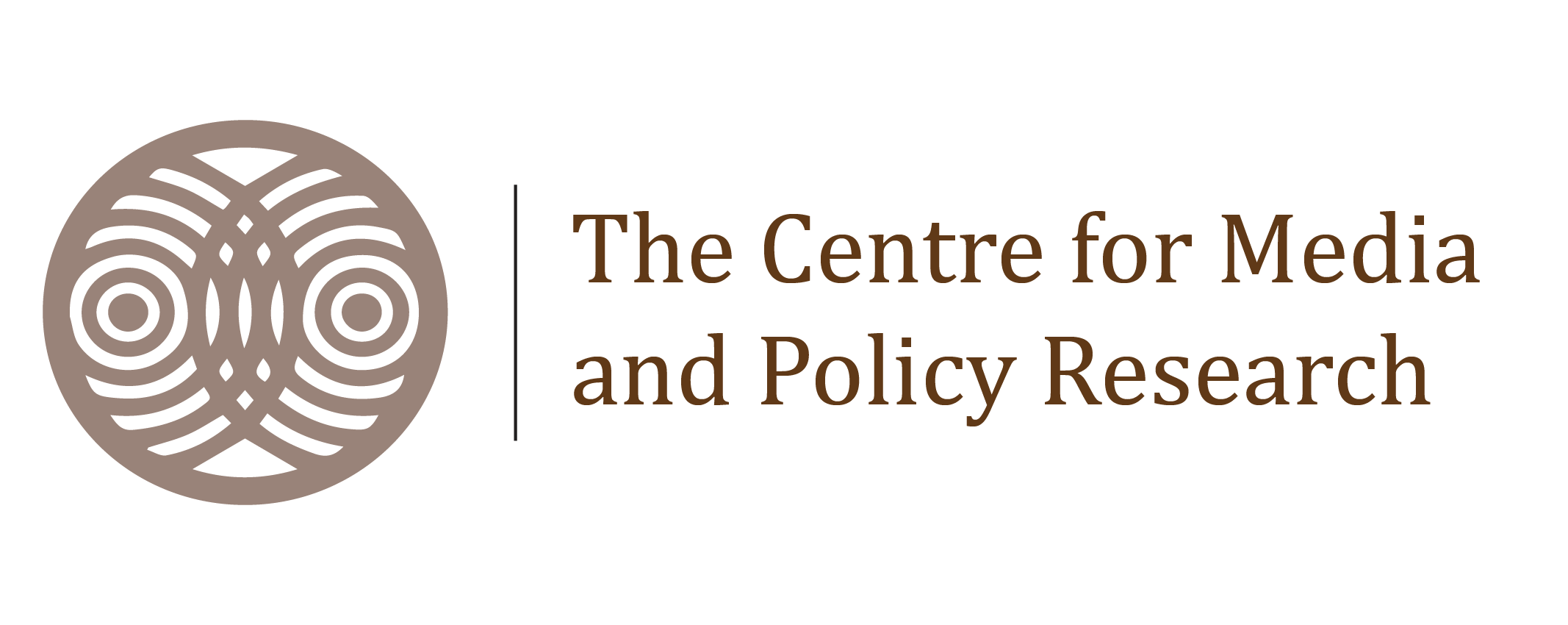Understanding the audience is crucial for any media company, content creator or advertiser. Media audience research helps in understanding the preferences, behaviours, patterns and demographics of viewers, readers and listeners, enabling more targeted content creation and offering personalized marketing strategies. Conducting effective media audience research involves a systematic approach, combining various methods and techniques to gather, analyze, and interpret data. This article outlines the key steps, methods, and techniques for conducting comprehensive media audience research.
Step 1: Define the Research Objectives
The first step in media audience research is to clearly define the research objectives. What do you want to learn about your audience? Are you looking to understand their demographic characteristics, media consumption habits, or content preferences? Clear objectives will guide the research process and ensure that the study is focused and relevant.
For example, if the objective is to understand how a specific demographic engages with online news platforms, the research will focus on identifying the habits and preferences of that group. Defining objectives also helps in choosing the right research methods and tools (Berger, 2016).
Step 2: Identify the Target Audience
Once the research objectives are defined, the next step is to identify the target audience. This involves determining the characteristics of the audience you want to study, such as age, gender, location, interests, and media consumption patterns. Audience segmentation is crucial at this stage, as it allows for more precise targeting and analysis.
For instance, if you are studying the media habits of Gen Z, you would focus on digital platforms, social media usage, and content types that resonate with this demographic (Schweiger & Quiring, 2020).
Step 3: Choose the Research Methods
There are several methods available for conducting media audience research, each with its strengths and limitations. The choice of method depends on the research objectives, the nature of the audience, and the resources available.
1. Surveys and Questionnaires: Surveys are one of the most common methods for collecting quantitative data about audience preferences and behaviors. They can be distributed online, through social media or through email, making them flexible to reach a large audience. Surveys can capture data on demographics, content preferences, media consumption habits, and more.
2. Focus Groups: Focus groups involve small groups of participants who discuss their media habits and preferences in a moderated setting. This qualitative method allows for in-depth exploration of audience attitudes and perceptions. Focus groups are particularly useful for understanding the motivations behind audience behavior (Krueger & Casey, 2014).
3. In-depth Interviews: Like focus groups, in-depth interviews provide qualitative insights into audience behavior. These one-on-one interviews allow for a detailed study of individual media habits and preferences, providing rich, nuanced data.
4. Analytics Tools: Digital analytics tools such as Google Analytics, social media insights, and audience measurement platforms (e.g., Nielsen) provide quantitative data on audience behavior. These tools can track metrics such as page views, time spent on content, social media engagement, and more, offering real-time insights into how audiences interact with media content.
5. Ethnographic Studies: Ethnography involves observing the audience in their natural environment to understand how they interact with media. This method provides a deep understanding of audience behavior in context. This is a time-consuming and resource-intensive method for data collection (Hammersley & Atkinson, 2019).
Step 4: Collect and Analyze Data
Data collection should be systematic and consistent with the chosen research methods. For surveys and questionnaires, ensure that the questions are clear and unbiased to gather reliable data. For focus groups and interviews, skilled moderators or interviewers are essential to guide discussions and probe deeper into responses.
Once data is collected, it needs to be analyzed to uncover patterns, trends, and insights. Quantitative data can be analyzed using statistical tools to identify correlations, averages, and distributions. Qualitative data from focus groups or interviews should be coded and thematically analyzed to identify common themes and insights (Bryman, 2016). You may use NVivo, SPSS, Python, or any other software for
Step 5: Findings and Interpretation
After analyzing the data, the next step is to interpret the findings in the context of the research objectives. This involves identifying key insights that can inform media strategies, content creation, or marketing campaigns. For example, if the research reveals that a significant portion of your target audience prefers video content over written articles, you might prioritize video production in your content strategy. Interpretation should also consider the limitations of the research, such as sample size, potential biases, and the generalizability of the findings.
Step 6: Report Writing and Application
The final step is to report the findings in a clear, actionable format. Reports should be tailored to the needs of stakeholders, whether they are content creators, marketers, or media executives. Visualizations such as charts, graphs, and infographics can help communicate the results more effectively. The ultimate goal is to apply the findings to enhance media content, improve audience engagement, and optimize marketing strategies. For instance, the insights gained from audience research can guide editorial decisions, influence ad placements, or inform the development of new media products.
Media audience research is a vital tool for understanding the ever-changing landscape of media consumption. By following a systematic approach that includes defining objectives, identifying the target audience, choosing the right methods, and carefully analyzing the data, media organizations can gain valuable insights into their audience. These insights not only help in creating content that resonates with viewers but also in making informed decisions that drive success in a competitive media environment.
References
Berger, A. A. (2016). Media and communication research methods: An introduction to qualitative and quantitative approaches (4th ed.). SAGE Publications.
Bryman, A. (2016). Social research methods (5th ed.). Oxford University Press.
Hammersley, M., & Atkinson, P. (2019). Ethnography: Principles in practice (4th ed.). Routledge.
Krueger, R. A., & Casey, M. A. (2014). Focus groups: A practical guide for applied research (5th ed.). SAGE Publications.
Schweiger, W., & Quiring, O. (2020). Media audience research. In J. Hunsinger, L. Klastrup, & M. Allen (Eds.), International handbook of Internet research (pp. 1-14). Springer.
Centre for Media and Policy Research conducts audience research for rural, urban, and semi-urban audiences to understand their media consumption patterns. To express your views and to contribute to our mission of building a collaborative space for media academics and industry, write to us at [email protected]
Read more…






